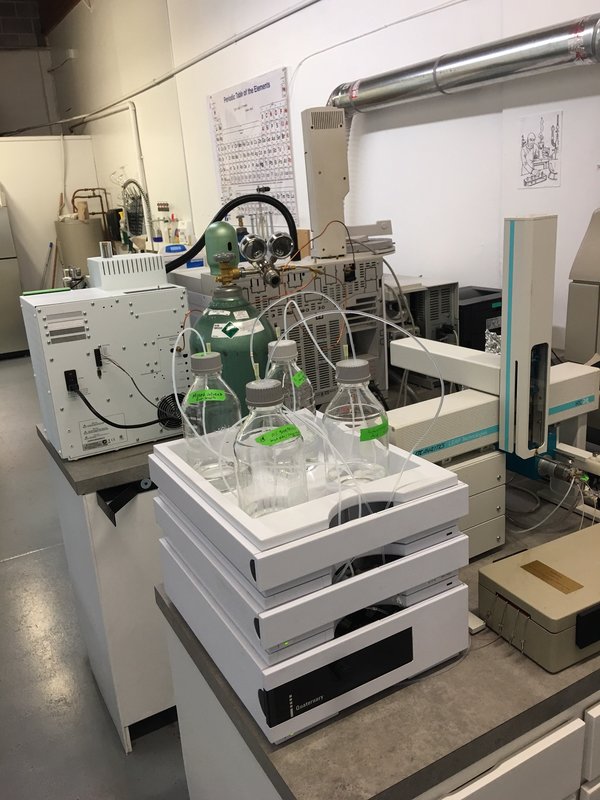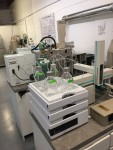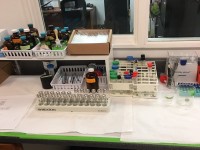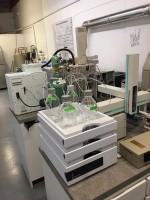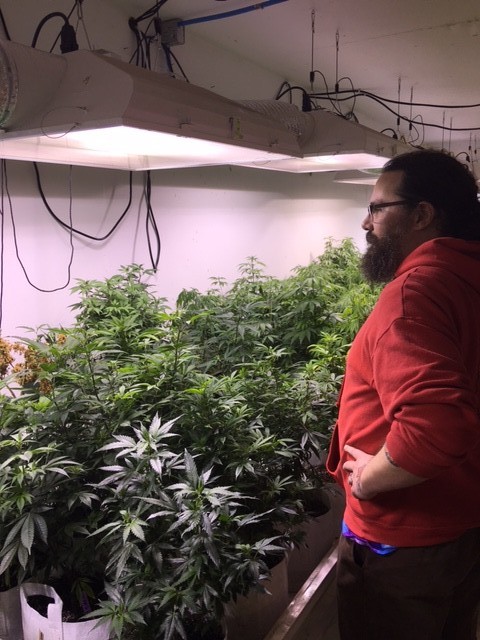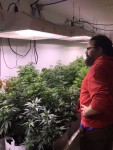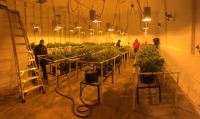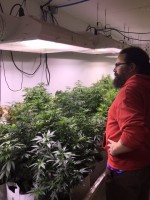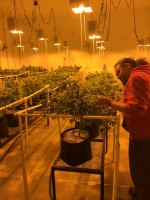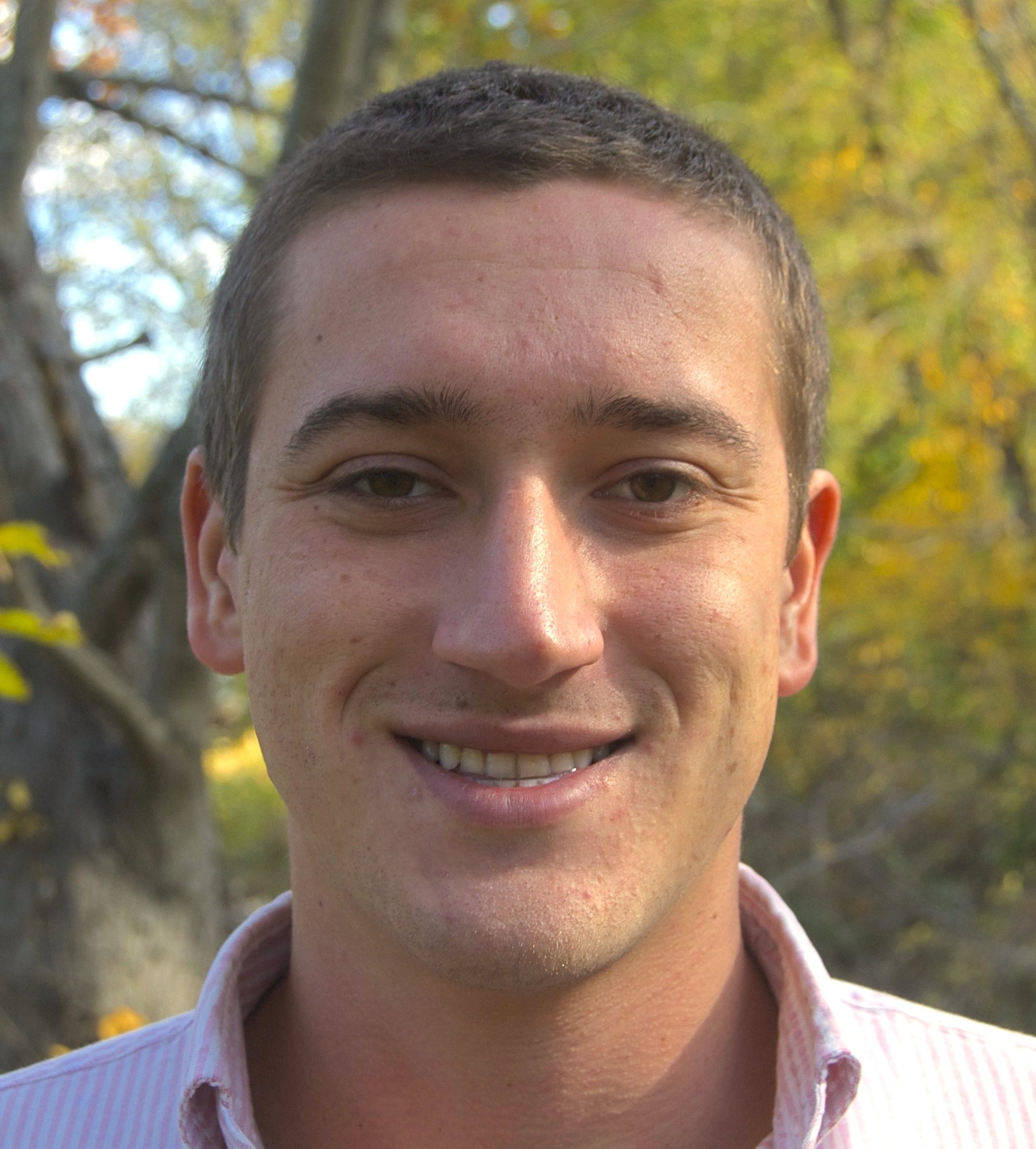I often write about the legal side of and opinions about the cannabis industry. Much of what I write about is culled from anecdotal experiences within either my personal practice or observations in regard to the industry. I recently had a trip to Portland, Oregon to spend time learning and understanding a little bit about a particular client’s operations so that I could provide counsel to that particular client, where permissible. For me, it was an important part of the education, which I stress and serve as the basis for this article.
With education comes understanding. What I see in the cannabis industry is often those who are critical of the use of cannabis, either recreationally or medically, seem to demonstrate some lack of understanding. In Florida, as the “No on Amendment 2″ commercials and videos roll out, I see much information that clearly comes from a lack of understanding or potentially a willful desire to distort the truth.
I share the following, less as a means to correct those distortions, but more as an opportunity to educate one who may be reading this and who may not have the same experience, which I just had the opportunity to receive. My time in Oregon was spent predominately in Portland and Salem as this is where the particular client has locations that I was able to view and experience.
My observation from a zoning perspective was that there was not a dispensary on every corner and that at times I had to be patient before seeing a dispensary during our drive. Of note in regard to the dispensaries that I did see was often the use of “cannabis” or “marijuana” in the name or associated with signage at the dispensaries, in addition to a green cross. However, there were many that did not take as visible an approach. I recall seeing, pursuant to the rules of the Oregon Program, windows covered so that one cannot see in. From time to time there were billboards advertising dispensaries. What I noticed most was in part, the clean presentation of the particular client I was seeing versus what was presented on the outside of many dispensaries we passed. This may be highlighted in part based on viewing dispensaries through what one might consider an East Coast lens. There are others that might argue that this perspective, particularly in emerging markets, is much different than that which has been developed over time in the West Coast markets, many of which have now gone recreational.
Overall, like anything, what I saw ranged the gamut from unprofessional and a little unsightly to professional and clean looking, which generally fit into the surrounding neighborhood. In particular, my client’s dispensary in Salem was in a retail shopping center along with a Little Caesars, Aaron’s Rentals, a nail salon, and other normal and expected retailers. Unless you poked your head inside the door, it would not be readily apparent that it was a dispensary.
My experience with the types and looks of the dispensaries running the gamut was mirrored by a particularly unique experience I had in viewing customers/patients. What was clear from a very limited time of viewing who it is that goes into a dispensary in Oregon was that it was impossible to pigeonhole the types of patients and ailments or, in the recreational setting, who the end user might be. On the Saturday morning of my visit, while viewing operations in Salem, I was approached and began to speak with an older gentleman with a long straggly gray beard who appeared to be in his late 60’s to early 70’s. During the course of our conversation he let me know that he is looking forward to taking it easy, and that he was a veteran. He had two friends with him and it looked like they were going to enjoy some time relaxing together, but he was also able to tell me that it was assistive to him at times when his anxiety got the best of him. His purchases were economical, and it was apparent that he and his friends were of limited socio-economic means; however, his purchases were notably and significantly cheaper for use than potentially alcohol if, in fact, he was not medicating and using with his friends recreationally.
Within minutes after the gentleman left, the exact opposite walked in the store. Candidly, I was mildly surprised by whom I held the door for to walk in as I was leaving. For a moment I was transported from Salem, Oregon to any town in central New Jersey or main street USA. Decked out in what could have been Lily Pulitzer or other preppy outfit were two soccer moms. They had stepped out of the newest model of a particular German automobile manufacturer. Unfortunately, I did not have the opportunity to engage with the soccer moms in discussion, but it was clear through their knowledge of the layout and interaction with the employee behind the counter that this was not their first trip to this particular location.
So what does the foregoing illustrate? For me it illustrates the development of perspective through education. It is that perspective that I hope to bring to the advice and counsel of clients. Perhaps I can use the knowledge to be assistive in making recommendations on regulatory issues, if consulted on them, helping to explain to politicians and bureaucrats or zoning and planning officials what might or might not be important in their considerations when dealing with a client. My observations should ultimately help me assist in educating others as to what the business and operation of cannabis related businesses might actually entail and look like. It is absolutely necessary, irrespective of one’s role in the cannabis industry, whether it be on the real estate side, insurance brokerage, providing legal or consulting advice (especially as individuals transition from those areas of practice in non-cannabis related spaces) that one take the time to understand the industry and its practice from the inside out. Only then can one be an effective resource to a cannabis related business wherein once the layers of the onion are peeled back, there is actually substance and information.










